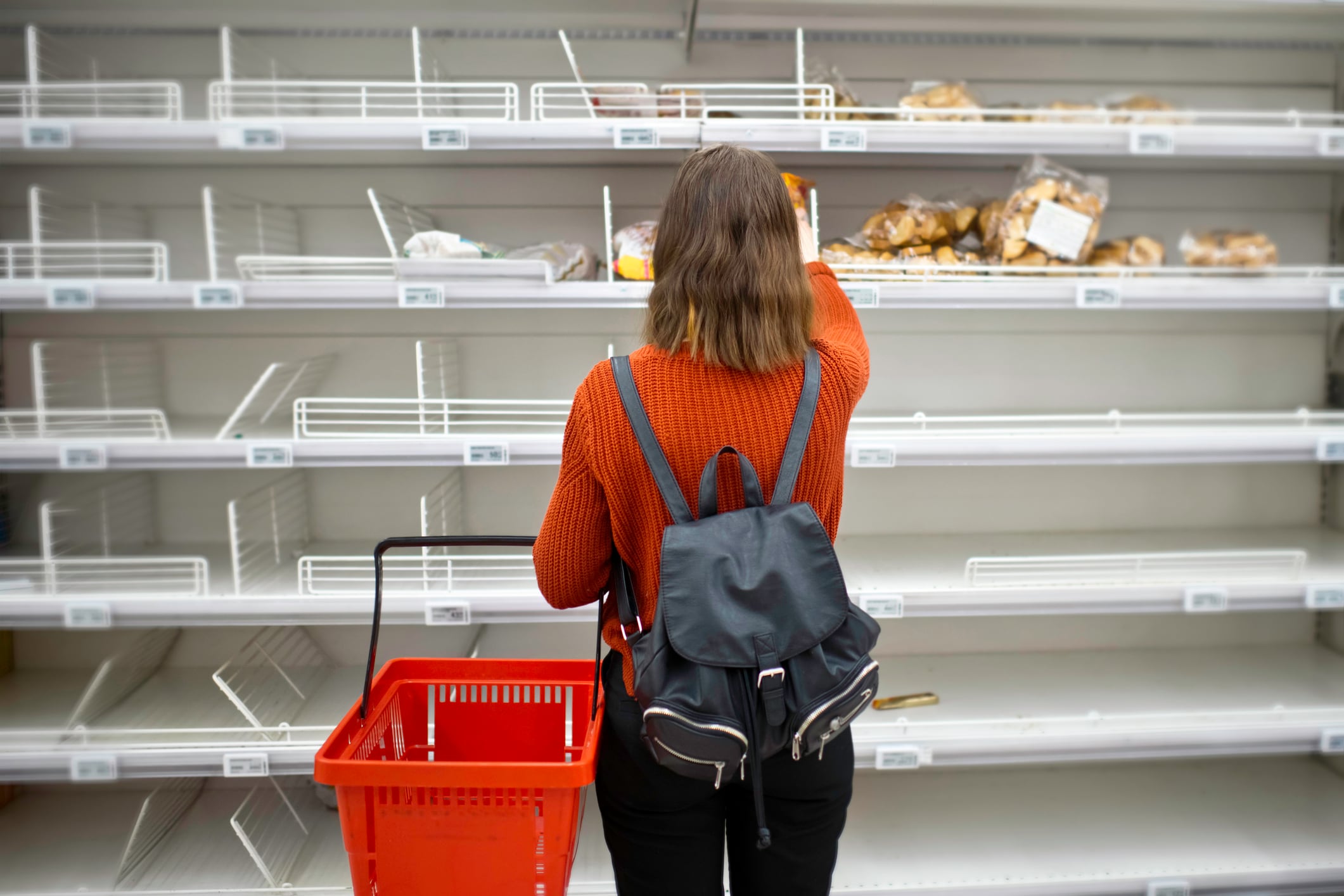By leveraging data and smarter retailer collaboration, companies can uncover “invisible demand,” cut waste and keep their products where shoppers expect them most.
For CPG brands, blind spots on shelves and in inventory are not just mistakes – they are lost sales as rising costs and limited shelf space mean every gap hits the bottom line, according to one expert.
“The most basic [blind spot] is invisible demand,” said Sam Vise, CEO of software company Optimum Retailing. “If you don’t have the visibility or the statistics around shopper behavior, shopper patterns, how do you know how best to position your product to satisfy those needs?”
According to Vise, invisible demand and fragmented inventory systems are two of the biggest challenges brands face in-store. Without timely insights, promotions fall flat, shelves go empty and consumers leave without purchasing.
All categories are vulnerable
Regardless of product type, all categories are prone to blind spots in stores, Vise said.
He pointed to an example where a bread merchandiser removed unsold loaves only to replace them with more of the same product in store.
“You didn’t sell all the bread you just took away – so why are you putting out more of the same?” Vise said. The example highlights how failing to read demand signals leads to wasted product and lost opportunity.
Brands need to balance space for fast-moving products while scaling back on slower-moving SKUs, tailoring the mix to local shopper preferences, Vise emphasized.
The cost of blind spots
When inventory issues go unchecked, the impact is immediate: empty shelves mean zero sales, Vise said. But, the fallout goes deeper. Fragmented systems between brands, distributors and grocers delay awareness of problems until it is too late, he explained.
“One of the biggest challenges that CPGs face is just knowing when a shelf is empty,” Vise said. “If they can get triggered earlier that a shelf is empty, they can get to the store, re-merchandise, get the products out.”
Without that real-time feedback loop, promotions underperform, waste piles up and brand visibility suffers, he added.
Data-driven collaborations with retailers
So what can brands do? Vise pointed to tighter collaboration with retailers and a greater reliance on technology.
Using planogramming software to track placements, removals and what sells allows brands to continuously refine their assortment, Vise said. Equally important, he noted, is recognizing that not all stores share the same demand profile – urban stores may lean healthier, while suburban ones may move more conventional products, for example.
Technology serves as a bridge between invisible demand and real-time execution, Vise said, pointing to Optimum Retailing’s application Realgram AI to provide real-time analytics on a product’s activity. RealGram AI provides a planogram for brands that integrate with retailers’ Enterprise Resource Planning (ERP) system responsible for streamlining core retail operations.
Realgram AI “constantly monitors sales and what people are buying or not buying, and then tweaks assortments store by store,” he said.
Further, the application helps reduce waste by rebalancing assortments and has shown the potential to cut product waste by around 50%, Vise added.
Looking ahead, Vise advised brands to prioritize three actions:
- Proof of execution – ensuring displays and promotions are actually carried out in-store
- Inventory visibility – making sure products are in stock where shoppers expect them
- Data-driven assortment planning – leveraging local insights to match products with demand
“Understanding pricing, availability of inventory and assortment planning – those three areas will help reduce costs, improve brand awareness, and more importantly, improve the customer experience,” he said.




